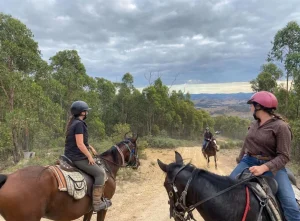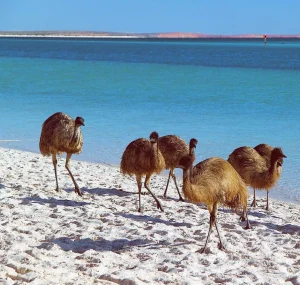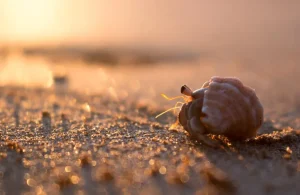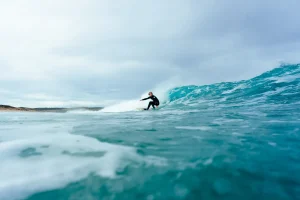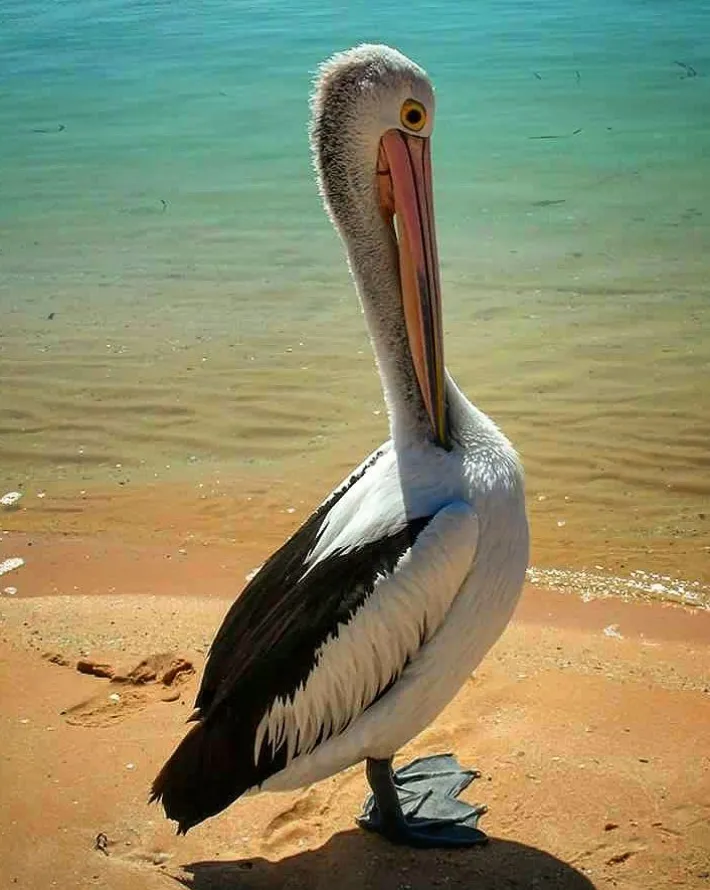
Monkey Mia is located within Shark Bay in Western Australia and is known for its clear sky blue ocean and wild dolphins amidst crystal clear sights. It is safe to say that it’s not only a favourite spot for wild life lovers but should not be taken lightly. There are few guidelines that will be outlined in this article to help viewers appreciate the nature of the dolphins at Monkey Mia and also preserve nature at the same time.
Conservation in Shark Bay
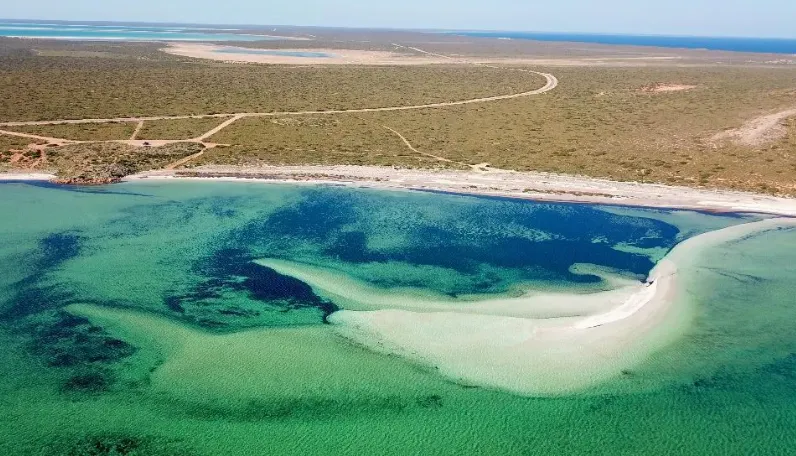
Shark Bay World Heritage area is also recognized as a treasure of natural facts and sights, one of them is Hamelin Pools, which embraces ancient stromatolites. The conservation efforts within the bay region are very critical as they prevent loss of biodiversity and keep the sea animals safe. Conservation strategies include diving at wild dolphin tours while occasional interaction of wild dolphins is minimized. For the guests, being a part of the changes made here by complying with these rules is a great benefit for preserving the area for later generations.
Monkey Mia’s Unique Ecosystem
The ecology of Monkey Mia’s ecosystem, formally known as the Shark Bay Conservation Park, can boast of different ecological zones such as mangrove forests, seagrass meadows, and sandy shores, among others. Such habitats stand a number of native animals and iconic wildlife, friendly dolphins, all sorts of birds. The seagrass meadows are also essential for ecology as they contain food and habitats, which for example, dugongs and sea grasses utilize. It is worth knowing and appreciating the importance of these landscapes and avoiding any action that will undermine its environment, that is why the ecosystem of Monkey Mia is fairly balanced.
The Significance of Shark Bay’s Marine Life
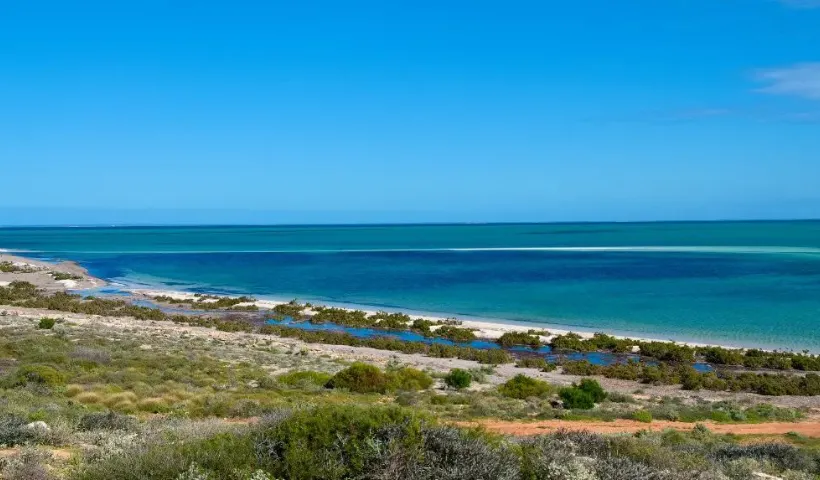
Among curious marine life at Shark Bay are also the dugong, although endangered, which grazes on seagrass and Indo Pacific bottlenose dolphins that captivate visitors during the dolphin encounter at Monkey Mia. The marine life in the bay enhances the diversity in the surroundings as it includes other aquatic forms of life and wildlife as well making the bay to be well regarded as one of the best places offering marine safari and wildlife watching. In order to further ensure the wellbeing and diversity of the marine area of Shark Bay, it is essential to conserve these animals and their habitats.
Dolphin Populations Wild in Nature
The well known wild dolphin populations at Monkey Mia are attractions in their own right and are evidence of a good balance of the marine ecology of the bay. These social dolphins are popular for their active engagement with the human population however it is worth noting, this is best done from a distance. If one makes quick movements or stretches to reach out for the dolphins, it may scare them and hence interfere with their natural instincts. Keeping hurts and distress to a minimum enables the animals to seek out the guests and this is beneficial and enjoyable for the animals and the guests also.
Preparing for Your Visit
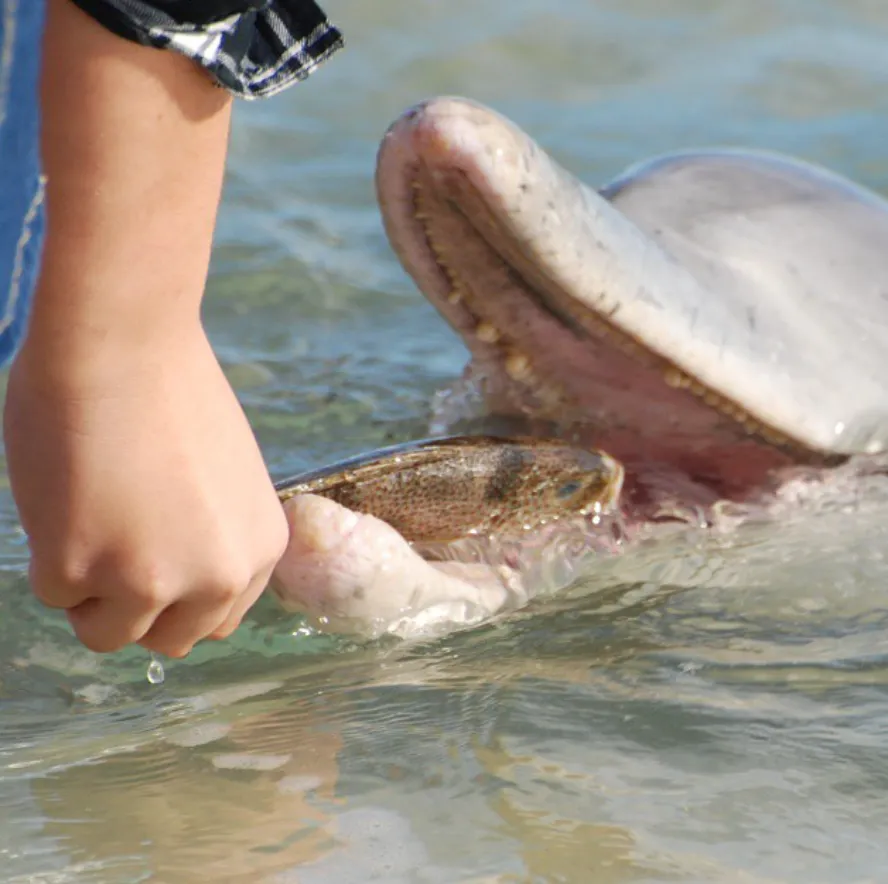
Prior to proceeding to Monkey Mia, it is important to plan appropriately so that you go for a lovely as well as responsible visit. Information about the area as well as its regulations and natural resource management will be of great help in this. Here are some of the areas that you need to address before traveling to this place:
Packing Essentials for Responsible Travel
In as much as you travel to different places, packing completely for your trip to Monkey Mia may be a little different from the Styleos item listed below. These include:
- Sunscreen: use brands that do not damage the ocean environment such as biodegradable sunscreens.
- Reusable Water Bottle: Its important to drink plenty of fluids while avoiding plastic bottles.
- Apart from the rules, there are things which enhance your visit to the area. One such thing is a pair of binoculars which you can use for spotting the animals.
- Camera with Zoom Lens: Additionally, carry a camera with a zoom lens for taking pictures of the animals.
- Trash Bags: The following items are for putting all your rubbish in in order to prevent pollution.
Researching Local Regulations and Guidelines
You would do well to learn the guidelines prior to going to Monkey Mia these being local and environment related regulations. Some general recommendations include keeping your distance from the animals, not creeping up on them suddenly, and not offering food or having any physical interaction with them. Understanding these policies is intended to help you, as some of these will help you keep the environmental integrity of Monkey Mia in such a way that both you and the local wildlife will have a pleasant experience.
Responsible Tourism Practices
Choose Responsible Tourism
Choosing green holidays is important to ensure a good environment and ecology of Shark Bay. Choose tour operators who respect the environment and do their best to protect it. These operators tend to have policies and procedures to ensure that impacts on the environment will be reduced through the compliance with specific guidelines of operation. Information regarding eco-certifications and endorsements from conservation organizations can be very helpful in ensuring that selection made follows responsible tourism principles. Being involved in such tasks as educating the local population as well as the tourists about the local wildlife and habitat helps in the conservation of the environment as well.
Give the Animals Space
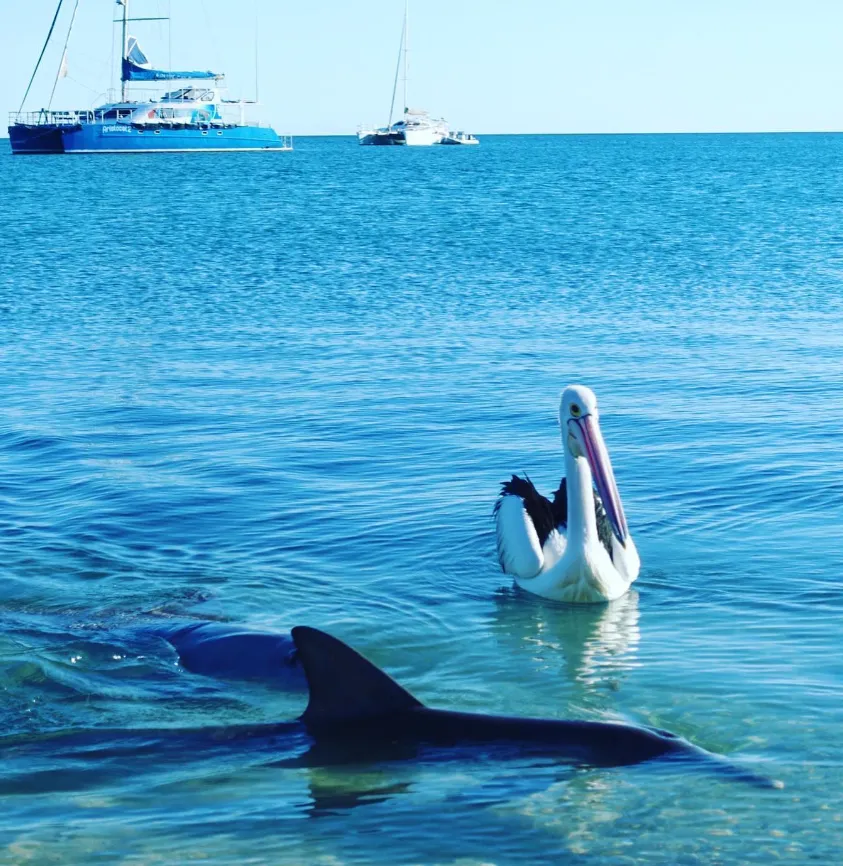
One of the harmful effects of so-called wildlife viewing is the disruption of wildlife behaviour through human taxon contact. This is mostly true for sensitive animals; for example, wild dolphins- and in particular their calves- are at high risk of human interactions. As long as there is an adequate level of contact, animals may be observed performing their everyday activities in a calm and undisturbed state. This not only aids in the conservation of the animal but also guarantees their availability for enjoyment in the future in their natural habitats. Always follow local guidelines and recommendations of safe distances to watch wild animals or their habitats from.
Resist the Urge to Touch
Biodiversity and protection of wildlife is essential in avoiding contact. Touching animals negatively affects their health, their normal way of life and the health of people who come into contact with them. With regard to the health and conservation of animals, it is best to watch the animals from a distance and not interfere. Watching wildlife without interference ensures that they are comfortable enough to live in their habitat. It also protects the habitats of the animals by restoring the equilibrium of the ecosystems in which the animals live.
Take Care Around Wildlife Babies
The health of wildlife habitats depends on the protection of the environment. Please follow the trails provided and do not disturb the plants since it is crucial to the surrounding areas. Other practices include avoiding areas covered with seagrass meadows which are important for aquatic animals in terms of food and shelter. For these reasons, these concern are considered while protecting the environmental integrity so that the beauty of the ecosystem and rich diversity such as Shark Bay continues to be enjoyed for generations to come.
Preserve Wildlife Habitat
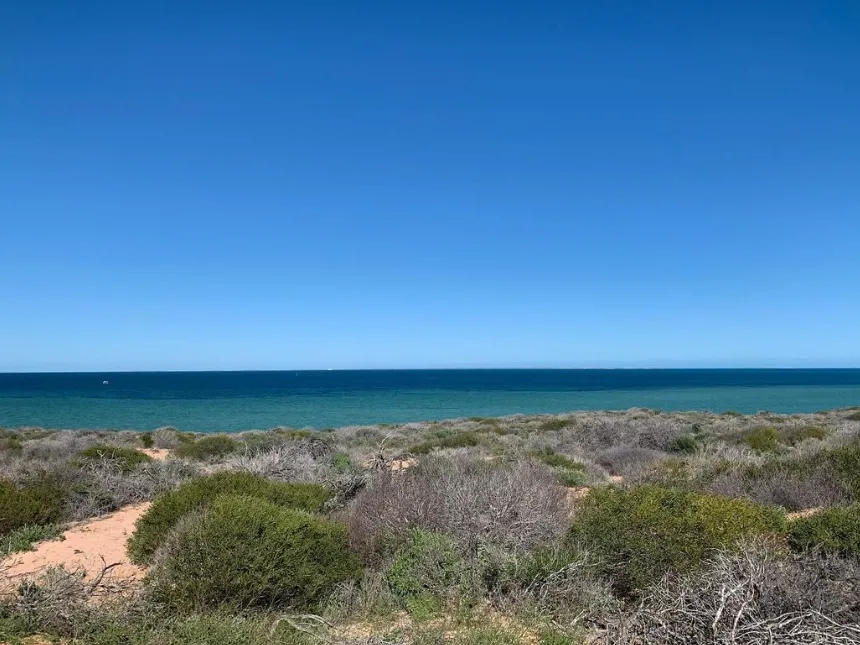
The health of wildlife habitats depends on the protection of the environment. Please follow the trails provided and do not disturb the plants since it is crucial to the surrounding areas. Other practices include avoiding areas covered with seagrass meadows which are important for aquatic animals in terms of food and shelter. For these reasons, these concern are considered while protecting the environmental integrity so that the beauty of the ecosystem and rich diversity such as Shark Bay continues to be enjoyed for generations to come.
Allow Animals to Find Their Own Food
Hunting of wild animals by people for purposes of feeding them alters the natural feeding habits of such animals leading to some adverse effects such as dependence on people for food. Animals and birds should be kept to foraging and hunting for their prey as they do in the wild natural. This helps in the promotion of their foraging habit and further ensures that they are capable of self-provision. In addition, people feeding wild animals can change the behavior of the animals towards people which can create problems and conflicts. By not allowing oneself to feed the animals thus one constructs their health and hygiene.
Drive Safely
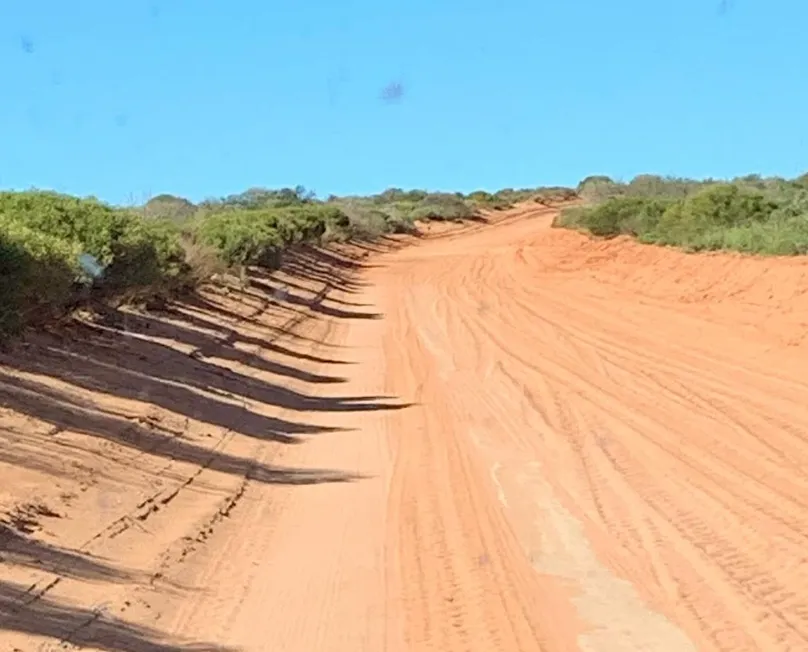
On the lookout for animals to avoid hitting with a vehicle should be an effectiveness in making sure the limits of speeding is not reached. Regardless, it is essential to look out for wild animals whenever they cross by the road, especially during the day’s break and when the sun sets. By observing these driving practices, the presence of wildlife is not only respected but the safety of all road users is also guaranteed. When wildlife crossing sign exists, take care of it and make driving behaviors safe for both you and the animals to avoid road crash.
Be Kind to Nocturnal Animals
For example, one way to accommodate the needs of such urban nocturnal wildlife is to reduce noise and light pollution. Nocturnal animals perform most of their activities at night and any noise or light may affect their foraging, breeding and hunting activities. In reducing noise and avoiding bright lights, normal cycles and behavior of these animals are preserved. Which helps the health of the nocturnal species and enhances the balance of the ecosystem.
Responsible tourism practices
| Responsible Tourism Practice | Description |
|---|---|
| Choose Responsible Tourism | Opt for eco-friendly tours and operators that prioritize conservation and sustainable practices. |
| Give the Animals Space | Maintain a respectful distance from wildlife to avoid causing stress or altering their natural behaviors. |
| Resist the Urge to Touch | Avoid touching or feeding wildlife, as this can lead to dependency and disrupt natural behaviors. |
| Take Care Around Wildlife Babies | Be especially cautious around young animals, as they are vulnerable and require special attention. |
| Preserve Wildlife Habitat | Avoid disturbing natural habitats and stay on designated paths to protect sensitive areas. |
| Allow Animals to Find Their Own Food | Do not feed wildlife; let them forage naturally to maintain their health and survival skills. |
| Drive Safely | Adhere to speed limits and be vigilant for wildlife on roads, especially during dawn and dusk. |
| Be Kind to Nocturnal Animals | Minimize noise and light pollution at night to avoid disturbing nocturnal species. |
Conclusion

Tours to the Monkey Mia offer a wonderful chance to experience nature as well as the rich biodiversity of both marine and terrestrial resources of Shark Bay. By following the tips provided in this article, one will be able to help maintain the uniqueness of the environment so that the future generations can equally have the amazing experiences with dolphins. Practice responsible tourism, take no offense to creatures in their natural habitats, and assist in conservation efforts and have an experience that will not be easily forgotten. Want to make a positive impact during your Monkey Mia tours? Check out our tips for respecting and protecting wildlife while enjoying this stunning destination.
FAQ
What can I do if I see a wild dolphin during my visit?
Keep calm and do not move rapidly, nor speak loudly. Do not deliberately make contact with the dolphins or feed them, as this is unnatural behavior to dolphins.
What are the guidelines for wildlife photography at Monkey Mia?
Yes, there are. Do not take flash photographs and practice good wildlife photographic ethics. Do not disturb the animals in any other way or their habitat.
How do you handle animals at sea with care?
Do not feed wildlife, do not approach h=wildlife or do any activities that will alter wildlife’s normal activities. Appropriate Laws and rules have to be adhered to.
How should I get ready for unusual weather during my stay?
Pack suitable clothing for different weather, including sun protection and warm layers for cooler nights. Make sure you pack enough water and be ready for extreme conditions days.
What can I anticipate about booking tours and hotels in Monkey Mia?
Before the journey, verify the availability of booking terms and conditions, whether there will be any penalties for cancellations and other ways of lodging. Make sure that you get personal travel insurance and understand with proper medical history what conditions and treatment are reasonably anticipated.
